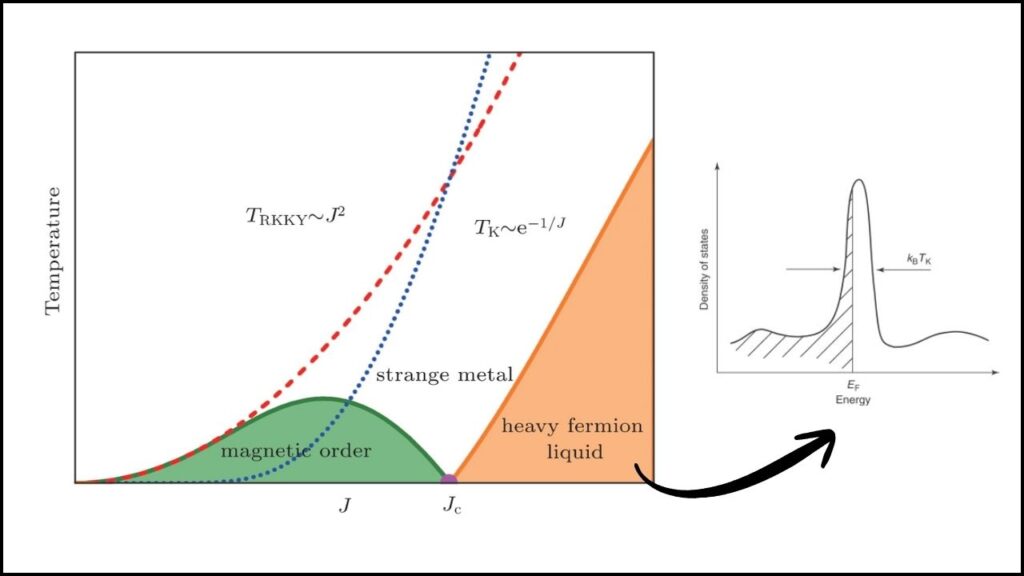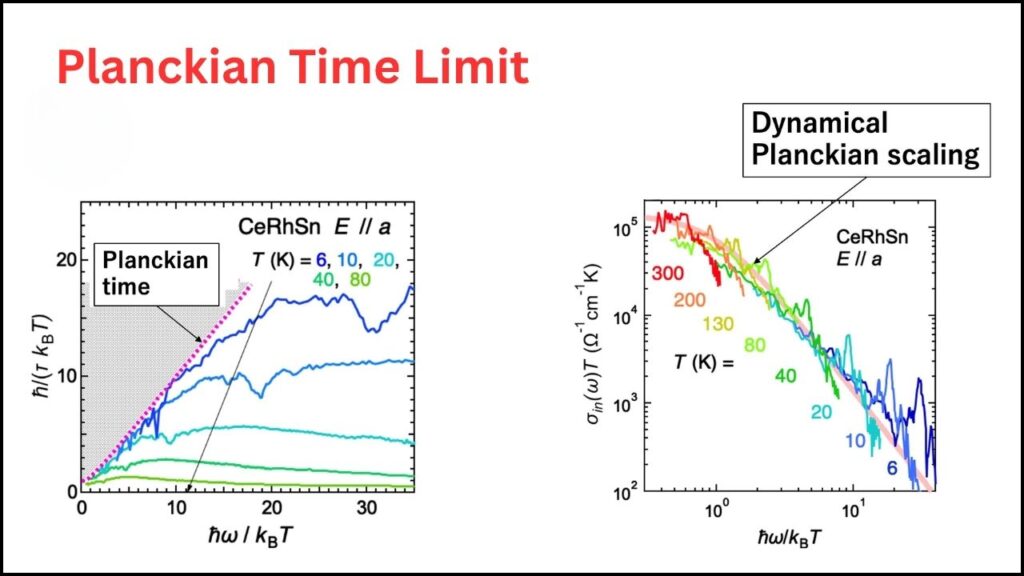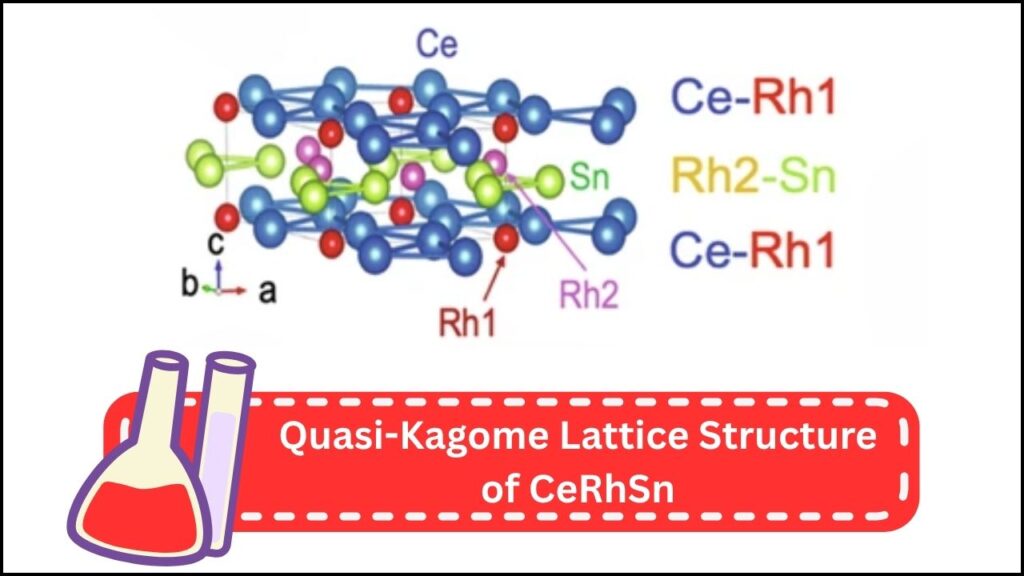Recent breakthroughs in quantum materials science have uncovered a striking quantum phenomenon: heavy fermions—which are electrons behaving as if they are extremely massive—exhibit quantum entanglement governed by the Planckian time limit, the fundamental shortest timescale allowed by quantum mechanics. This discovery opens exciting opportunities for advancing solid-state quantum technologies that could lead to robust, high-temperature quantum computing devices. Let’s dive into what heavy fermions and the Planckian time limit are, why their connection is so important, and how this research might shape future quantum technologies.

Table of Contents
What Are Heavy Fermions and the Planckian Time Limit?
Heavy fermions are a special type of electron found in some complex materials where strong interactions between conduction electrons and localized magnetic atoms cause the electrons to act as if they have an effective mass hundreds or thousands of times their usual mass. This phenomenon occurs in compounds like Cerium-Rhodium-Tin (CeRhSn), which has a unique quasi-kagome lattice—a geometrically frustrated crystal structure that affects electron movement and magnetic properties.
The Planckian time limit is a fundamental quantum speed limit defined by Planck’s constant divided by thermal energy (temperature times Boltzmann’s constant). It sets the shortest possible time an electron or particle can exist before scattering or losing coherence due to quantum mechanical rules. Essentially, it restricts how fast quantum systems can dissipate energy or lose their quantum states.

Why Is This Discovery Significant?
A team of physicists led by Dr. Shin-ichi Kimura at the University of Osaka in Japan observed that the heavy fermions in CeRhSn demonstrate lifetimes and entanglement properties directly bounded by this Planckian time limit. Remarkably, these effects persist up to near room temperature, which contrasts with most quantum states that require ultra-cold environments to maintain coherence.
This is a groundbreaking finding because:
- It provides experimental proof linking fundamental quantum limits to real electron behavior in materials with strong electron correlations and quantum criticality.
- It demonstrates that heavy fermions maintain robust quantum entanglement even at high temperatures.
- It suggests new paradigms for quantum computing hardware where these natural, many-body electron systems serve as qubits or quantum resources, potentially more stable and easier to scale than current ultra-cold systems.
Physicists Discover Planckian Time Limit in Heavy Fermions
| Key Highlights | Details |
|---|---|
| Material studied | Cerium-Rhodium-Tin (CeRhSn), a heavy fermion quantum critical material |
| Fundamental concept discovered | Heavy fermions exhibit quantum entanglement limited by the Planckian time (fastest quantum dissipation) |
| Temperature range of observation | Persistent up to near room temperature (~300 K) |
| Potential applications | Solid-state quantum computing, robust many-body quantum states |
| Research publication | npj Quantum Materials |
| Lead Researcher | Dr. Shin-ichi Kimura, University of Osaka |
| Official Reference | npj Quantum Materials |
The identification of Planckian time-limited quantum entanglement in heavy fermions, particularly in CeRhSn, represents a seminal advance in understanding and harnessing fundamental quantum limits in real solid materials. This insight bridges the gap between profound quantum physics and practical quantum technology, pointing the way toward robust, scalable, and higher-temperature quantum computing platforms. Continued research in this direction promises to unlock new quantum devices that take advantage of nature’s ultimate speed limits, delivering transformative impacts across science and technology.
The Science Behind the Discovery
Heavy Fermions: Quantum Beasts of the Solid State
In typical metals, electrons are light and mostly independent. In heavy fermion systems, conduction electrons strongly interact with localized magnetic moments, gaining immense effective mass and displaying unusual behaviors such as:
- Non-Fermi liquid behavior: Electronic properties that deviate from classical metallic theories.
- Quantum criticality: Materials poised near quantum phase transitions with fluctuating orders.
- Enhanced entanglement: Quantum connections between electrons that span large groups of particles and persist despite complex environments.
How the Planckian Time Limit Emerges

Physicists describe the Planckian time τPlτPl as:τPl=ℏkBTτPl=kBTℏ
where:
- ℏℏ is the reduced Planck’s constant,
- kBkB is Boltzmann’s constant,
- TT is the temperature in kelvins.
This scale dictates the fastest rate at which electrons can lose energy or scatter in any quantum system at temperature TT.
Measuring the Phenomenon: Optical Reflectance Spectroscopy
In this study, scientists employed optical reflectance spectroscopy, measuring how CeRhSn reflects light across a range of temperatures, to track electron dynamics and lifetimes. Key observations included:
- Non-standard electronic scattering persisting up to nearly 300 K.
- Electron lifetimes approaching the Planckian dissipation rate—the fastest allowed by quantum mechanics.
- Universal scaling of spectral data, indicating deeply entangled electrons whose behavior is governed by fundamental quantum constants.
The Role of the Quasi-Kagome Lattice

The quasi-kagome lattice structure of CeRhSn is a two-dimensional arrangement of atoms forming triangles and hexagons, leading to geometric frustration, where magnetic moments cannot settle into simple patterns. This frustration:
- Stabilizes exotic quantum states,
- Promotes strong entanglement,
- Facilitates the Planckian time-limited behavior observed.
The lattice’s geometry directly influences electron behavior and makes CeRhSn an ideal platform for exploring these quantum effects.
Practical Implications for Quantum Technology
Currently, most quantum computers rely on isolated artificial qubits—like trapped ions or superconducting circuits—that demand extreme cold and isolation to function correctly. The discovery of Planckian time-limited entanglement in heavy fermions offers a promising alternative:
- Quantum devices using naturally entangled heavy fermions could operate at much higher temperatures, easing the need for sophisticated cooling.
- The inherent many-body quantum correlations could enhance error correction and improve qubit resilience.
- Integration into solid-state platforms means compatibility with existing semiconductor and electronic technologies, possibly accelerating commercialization.
Detailed Guide to Understanding and Applying the Phenomenon
Step 1: Grasp the Planckian Time Concept
Understand that all quantum systems have a minimal energy dissipation timescale dependent on temperature, given by τPl=ℏ/(kBT)τPl=ℏ/(kBT). The limit becomes shorter (faster dissipation) the hotter the system is.
Step 2: Recognize Heavy Fermion Behavior
Heavy fermions emerge in materials where conduction electrons hybridize strongly with localized magnetic electrons, leading to:
- Mass enhancement,
- Exotic electronic properties,
- Non-traditional quantum states.
Step 3: Observe Electron Lifetimes and Scattering
Using spectroscopy or transport measurements, researchers determine electron scattering rates and lifetimes, searching for behavior consistent with Planckian limits.
Step 4: Detect Quantum Entanglement
Entanglement is inferred from universal scaling laws in electronic spectra and correlated quantum fluctuations that defy classical explanation.
Step 5: Develop Quantum Devices
Engineers can identify and manipulate such heavy fermion materials to fabricate stable quantum bits or devices functioning under more practical conditions.
A Quantum Computer From Just One Wire? Scientists Say It’s Possible
Rutgers Scientists Discover a Bizarre New State of Matter: The Quantum Liquid Crystal
Scientists Capture Invisible Quantum Waves in Nanomaterials — A Breakthrough You Need to See
FAQs About Physicists Discover Planckian Time Limit in Heavy Fermions
Q1: What causes electrons to be “heavy” in heavy fermion materials?
Strong interactions between conduction electrons and localized magnetic moments increase the electrons’ effective mass by hundreds or thousands of times compared to free electrons.
Q2: How does the Planckian time limit affect quantum materials?
It regulates the fastest possible timescale for electron energy loss and decoherence, defining a universal quantum dissipation speed limit dependent on temperature.
Q3: Why is maintaining quantum coherence at higher temperatures important?
Most quantum computers require near absolute-zero temperatures to prevent decoherence. Operating closer to room temperature could dramatically simplify quantum device design and usage.
Q4: Can these findings apply to materials other than CeRhSn?
Yes. Researchers are investigating other heavy fermion compounds and strange metals exhibiting similar quantum critical and Planckian-limited behaviors.
Q5: What makes quantum entanglement special in this context?
These are many-body entangled states in solid materials, robust against typical disturbances that usually disrupt quantum coherence.



















